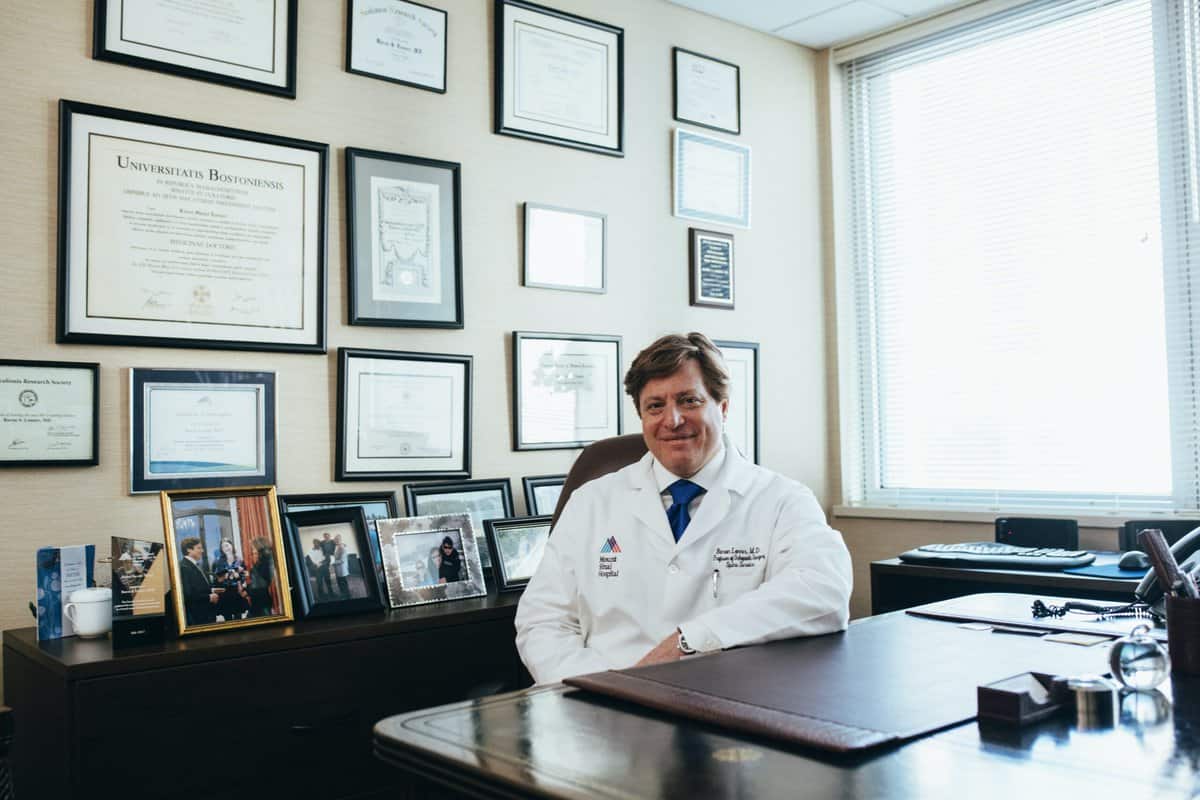Like other life-threatening diseases, drug and alcohol addiction usually requires formal treatment. There are five FDA-approved maintenance medications to treat addiction, as well as medications used off-label and in detox.
All major health organizations, including the CDC and WHO, recommend combining medications with talk therapy to treat substance abuse addiction. There are various inpatient and outpatient options for therapy.
Skip To
Medications | Therapies | Finding Treatment | Ask a Question
Medications for Addiction
Medications are used to treat drug and alcohol addiction.
During detox, medications relieve withdrawal symptoms and help the body cope.
Anti-craving medications are used for months or years to help satisfy areas of the brain signaling for drugs or alcohol. These medications make staying sober easier, but should be combined with therapy to increase the likelihood of success.
The Five FDA-Approved Medications to Treat Alcohol or Drug Addiction
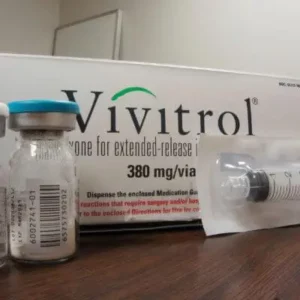
For alcohol & opioids
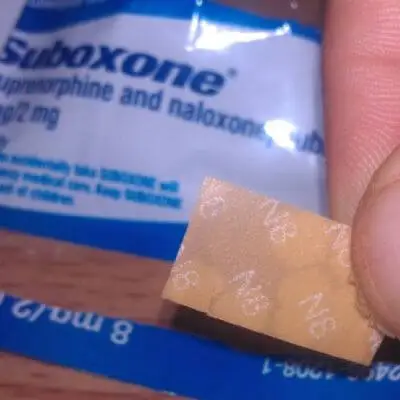
Only for opioids
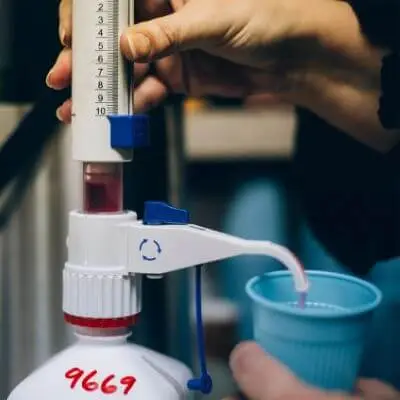
Only for opioids
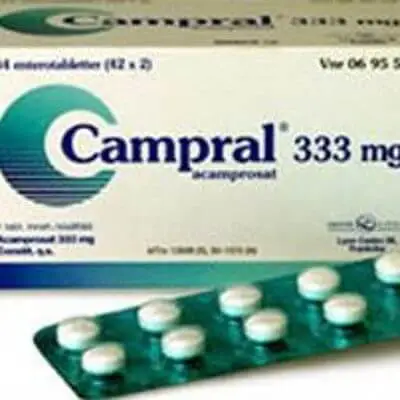
Only for alcohol
Disulfiram (Antabuse) was FDA-approved to treat alcoholism in 1949 but is less common now.
Other medications are sometimes used "off-label" to help with addiction, but there's not enough research to support widespread use.
Also, treating related mental health issues increases the likelihood of long-term success. Medications like antidepressant and antianxiety can play a big role in treating addiction.
- Naloxone (brand name Narcan) doesn't treat addiction in itself, but it is used in addiction to reverse an opiate overdose.
General Breakdown of Patient Medication Choices at Symetria
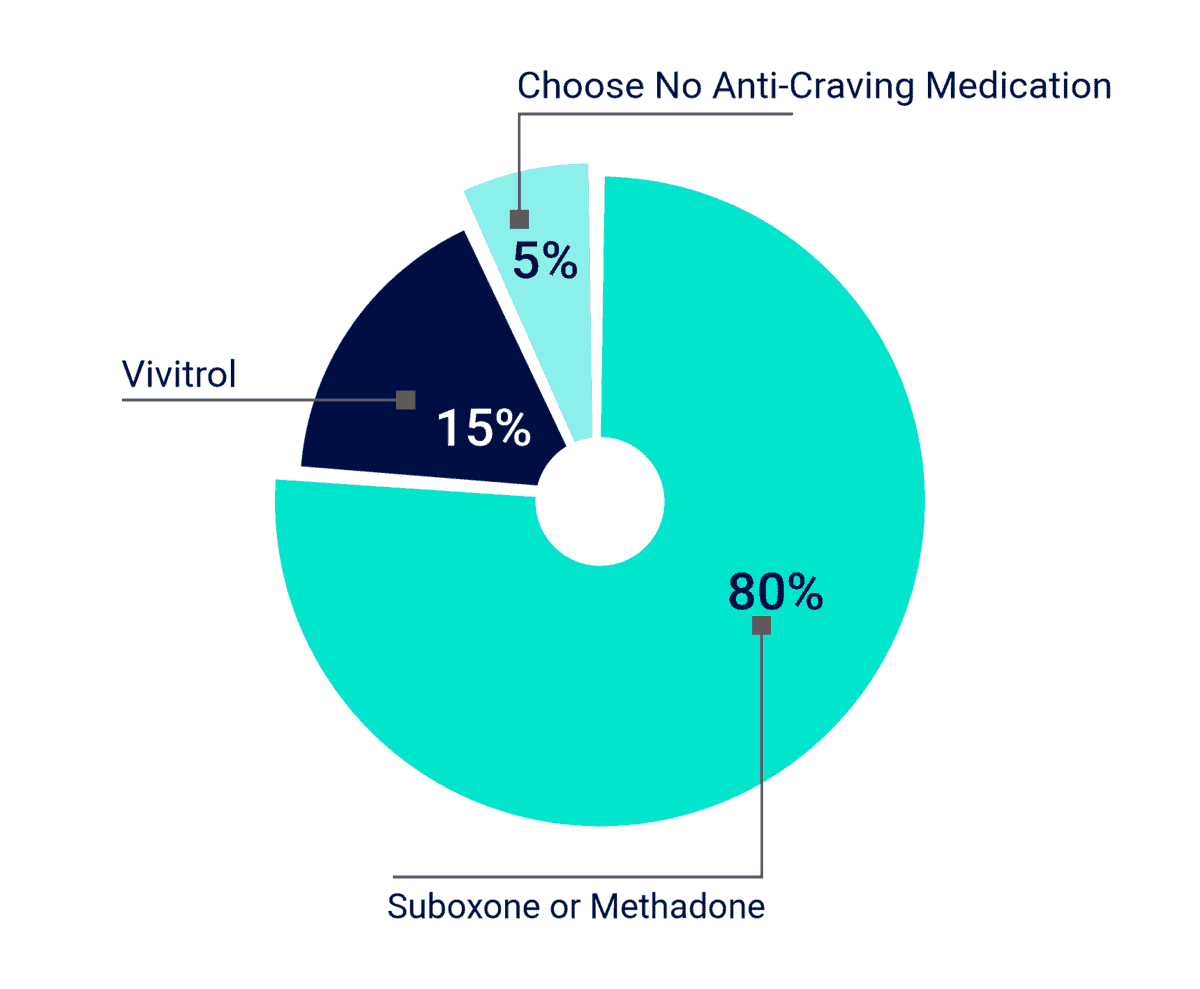
Naltrexone (Vivitrol)
Vivitrol is a form of the medication naltrexone that is given as a shot once a month.
How Naltrexone Works
Naltrexone blocks receptors in the brain to decrease cravings. And, if drugs or alcohol are used, naltrexone removes the positive effects. Patients that drink alcohol or use drugs on naltrexone feel the negative effects (like hangovers) but not the reward they were seeking (the "high"). There is little motivation to continue using while on naltrexone.
Naltrexone Use by Drug of Choice
Alcohol
Naltrexone is FDA-approved and often the best anti-craving medication for Alcohol Use Disorder.
Opioids
Naltrexone is the only non-opioid option for Opioid Use Disorder, but does not help with detox like other options.
Other Drugs
Research supports off-label Naltrexone for cocaine and meth addictions, but not marijuana or benzodiazepine.
Naltrexone vs. Vivitrol
Naltrexone is available in pill form, including brand names Revia and Depade. But, these medications must be taken daily. Because it is easy to accidentally miss or purposely skip a dose, Vivitrol is more effective.ⓘ
Learn More About Vivitrol
Buprenorphine (Suboxone)
Suboxone is a prescription medication used only for opioid addictions that combines the ingredient Buprenorphine (a partial opioid) with Naloxone (an opioid blocker).
- Buprenorphine: Helps withdrawal symptoms and cravings.
- Naloxone (Narcan): To prevent misuse of buprenorphine.
How Suboxone Works
Buprenorphine activates opioid receptors enough to satisfy the receptor but doesn't activate enough to trigger a "high". Naloxone is added to deter abuse and prevent overdose. If Suboxone is abused, the person generally goes straight to withdrawals.
Suboxone is taken daily as a film placed under the tongue.
Other Types of Buprenorphine
- Buprenorphine-only films or tablets are available as a generic but usually reserved for medical settings like a hospital or rehab clinic because of the potential for abuse is higher without the naloxone. (Known as Subutex, though the brand was discontinued in 2011).
- Buprenorphine monthly injection, known under the brand name Sublocade.
Learn More About Suboxone
Methadone
Methadone has been FDA-approved to treat opioid addiction for more than 50 years. The medication has a high potential for abuse and can only be dispensed under medical supervision.
How Methadone Works
Methadone is an opioid and binds to the same brain receptors as drugs like heroin or prescription pain medications like oxycodone (Oxycontin, Percocet). But, methadone has a different chemical structure to allow patients to function normally without withdrawal symptoms.
Medications Compared
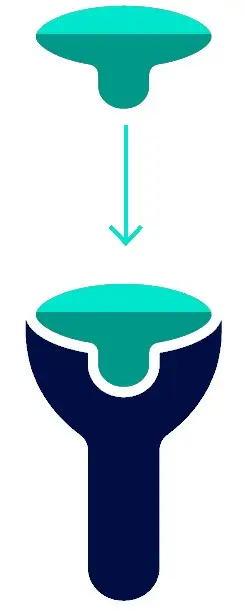
Methadone
Full Agonist
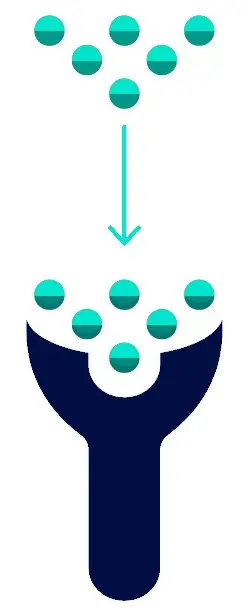
Buprenorphine
Partial Agonist
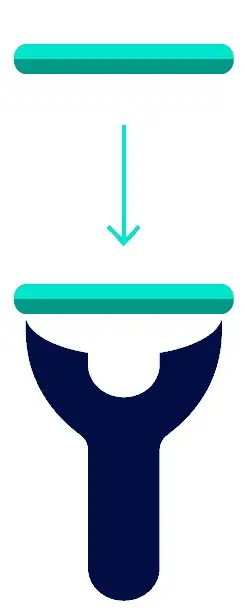
Naltrexone
Antagonist
Learn More About Methadone
Acamprosate (Campral)
Acamprosate helps patients with chronic alcohol misuse rewire their brains to work normally again. The medication is meant for after patients have stopped drinking and does not help with withdrawals or while currently drinking. Studies show twice as many patients were able to stay sober with Acamprosate versus a placebo.ⓘ
How to Take Acamprosate
Acamprosate is a pill that is taken orally three times per day. Missing a dose can increase the risk for relapse. Dosing is the main deterrent for this medication as it is well tolerated with few side effects and can be prescribed by any physician after detox.
Additional Medications Used in Addiction Treatment
Other medications can help treat addiction, used off-label, to curb withdrawal symptoms, or to treat related mental health issues.
Off-label: If FDA-approved options are unsuccessful, medications approved for other uses can be helpful. The most common off-label options for addiction are:
- Topiramate (Topamax) - an anti-seizure medication
- Gabapentin (Neurontin, Gralise) - an anti-convulsant and nerve pain medication
- Baclofen (Lioresal, Gablofen) - a muscle relaxant
- Ondansetron (Zuplenz, Zofran ODT, Zofran) - an anti-nausea medication
- Sertraline (Zoloft) - a mental health medication
Detox Medications
Many different medications can be used during medical detox. For example, Lofexidine (Lucemyra) is a non-opioid medication FDA-approved for opioid withdrawals. Whereas, alcohol detox usually involves a benzodiazepine taper. If there is a history of seizures, anti-convulsants may be used. Beta-blockers like atenolol, anti-anxiety medications like Hydroxyzine (Vistaril) or anti-psychotics like Olanzapine (Zyprexa) can be helpful during detox. Over-the-counter medications can also relieve symptoms like nausea or congestion.
Dual Diagnosis Medications
Mental health medications like antidepressants or antianxieties help rebalance the brain to stop negative cycles that lead back to addiction.
- You don't have to come in knowing what medication is best. Instead, focus on finding a clinic or doctor that will really work with you.
Therapies for Addiction
A variety of therapy methods are supported by the Journal of Substance Abuse Treatment, but the most common and proven approach is Cognitive Behavioral Therapy (CBT).ⓘ
Cognitive Behavioral Therapy
CBT is a form of talk therapy focused on changing thinking patterns. Patients learn to recognize distortions in their thinking that are creating problems and reevaluate them in a healthy way.
Other common therapies used to treat addiction are:
- Dialectical Behavioral Therapy: DBT is a form of CBT for intense emotions to help patients understand, accept and manage difficult feelings.
- Mindfulness-Based Cognitive Therapy: MBCT combines CBT with meditative practices to stop negative thinking rather than analyzing it.
- Rational Emotive Behavior Therapy: REBT is similar to CBT, but spends more time on what is driving the distorted thinking and accepting yourself verses reframing the issue.
- Motivational Interviewing: MI supplements CBT to strengthening the patient's motivation and commitment to the goal of sobriety.
Patients can receive any combination of these therapies in an inpatient or outpatient setting, usually with a combination of both group and one-on-one therapy sessions.
- Underlying mental health issues need to be treated to prevent relapse. For example, patients with trauma would benefit from therapies like Eye Movement Desensitization and Reprocessing (EMDR). Or, those that are triggered by a spouse could benefit from couples counseling.
Inpatient Addiction Treatment
Inpatient means staying and sleeping at the healthcare facility. It is the highest level of care and includes different options for detox-only, rehab or a hospital setting.
Inpatient Residential Rehab
Inpatient drug and alcohol rehabs usually last around 30 days. Longer-term programs can be difficult to find and may not be covered by insurance.
Appropriate for patients:
- With severe addictions, especially when outpatient treatment hasn't been successful
Inpatient Medial Detox
Detox usually lasts 3-7 days. It can be at a regular hospital or at a stand-alone inpatient detox center.
Appropriate for patients:
- Detoxing from chronic alcohol and benzodiazepines use (because withdrawal symptoms can be deadly).
- Detoxing from any drug with serious underlying medial conditions.
Behavioral Health Hospitals
An inpatient hospital setting usually treats a variety of mental health issues, though there may be a special unit for substance abuse. Specialized programs can sometimes accommodate stays of several months, but psychiatric hospitals are typically less than 30 days.
Appropriate for patients:
- With co-occurring mental health issues like suicidal thoughts, psychosis or severe eating disorder
Outpatient treatment is always recommended after inpatient treatment to avoid relapse after leaving the shelter of inpatient care.
Outpatient Addiction Treatment
The most common outpatient options for addiction treatment are Intensive Outpatient Programs (IOP) and Medication-Assisted Treatment (MAT).
Intensive Outpatient Programs (IOP)
usually involves at least nine hours of therapy per week for around six weeks. IOP is a good middle ground for getting enough care without the expensive and inconvenient step of "going away". IOP helps patients cope with issues as they arise in the real world.
Medication-Assisted Treatment (MAT)
MAT involves the combination of any anti-craving medications paired with therapy. Many MAT clinics focus exclusively on opioid addiction and medications like Suboxone or Methadone. MAT can be continued for months or even years. The therapy for MAT typically drops down to once a month after the patient is stable. MAT allows opioid-addicted patients to detox in an outpatient setting.
Outpatient is appropriate for patients:
- In early addiction for a lower cost and more convenient options first
- Coming out of inpatient care to successfully transition out of the shelter of an inpatient setting when the risk of relapse and overdose is highest
- In-and-out of rehab multiple times because patients have the clinical tools, but need help applying them in the real-world
Treatment is most effective when therapy is combined with medications and when underlying issues like trauma, depression and anxiety are also treated. Most outpatient clinics do not combine these services (though Symetria Recovery does). Patients can find an IOP, then find a psychiatrist if not available at the same clinic.
Learn More About Addiction Thearpy
Finding the Right Addiction Treatment
Not all addiction treatment centers are equal. Call around until you feel comfortable.
- For patients in Illinois or Texas, Symetria Recovery may be a good fit or able to help. Call (866) 955-2481 to find out more.
- For those with insurance, try calling the number on the back of your insurance card. (Your employer is never notified).
- For those without insurance, try the government website FindTreatment.gov. Type in your zip code and use the "Free or No Cost" filter.
Whatever brought you to this article, everyone deserves access to quality addiction treatment. Even if treatment hasn't worked in the past, keep faith in the treatment process and keep showing up.

